Pump for watering the garden from a washing machine
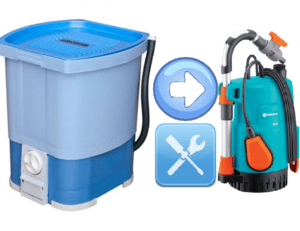 A working pump from an old washing machine is an excellent part that can serve even after the washing machine itself has ceased to perform its main function.
A working pump from an old washing machine is an excellent part that can serve even after the washing machine itself has ceased to perform its main function.
If everything is done and connected correctly, such a pump can regularly pump water, which can then be used for water supply to a dacha or for watering a personal plot. It is precisely this use of a pump from an old washing machine that will interest us today.
Why is this necessary?
Watering your garden or vegetable garden in the summer heat is necessary, otherwise you won’t get a harvest. But oddly enough, to provide irrigation it is not at all necessary to buy powerful and expensive electric pumps. In some cases, you can get by with a homemade pump from washing machine parts; in particular, a pump from an outdated washing machine will do.
In general, the same electric motor from a washing machine can be used in many homemade products, for example, from such an engine you can make an excellent grinder. Other parts of the washing machine are used less often, however, they also come in handy, sometimes at the most unexpected moment.

Modern automatic washing machines are equipped with very weak electric pumps, which cannot help us in any way in the difficult task of watering a personal plot; they are simply not adapted to heavy loads. Another thing is the pump from an old Soviet washing machine, for example, ENSM - 1u4. The unit is what you need - 50 Hz, 220V 30 l/min. Of course, the characteristics are not the ultimate dream, but they are quite enough for a small garden or vegetable garden, and most importantly, you will make the device yourself, spending mere pennies.
The power of the future pump will allow you to take water from a depth of no more than 2 meters, so you can forget about extracting water from an underground well.
A homemade pump made from parts of a washing machine will help us pump water from a reservoir (tank or barrel) directly to the beds through a hose. In this case, it will not be possible to provide strong pressure, but it will be sufficient for successful watering. You can use a homemade pump as a backup when something happens to the main one, because watering is necessary constantly, and you don’t want to get blistered hands carrying buckets.
What is needed for that?
 First you need to find a good pump. We had at our disposal a fully functional ENSM-1u4 electric pump from a Soviet-made Rusalka washing machine, it would be a shame not to use it. Using other types of pumps is also theoretically possible, but we have not tried it. The washing machine pump is the main part, but not the only one; besides it you need:
First you need to find a good pump. We had at our disposal a fully functional ENSM-1u4 electric pump from a Soviet-made Rusalka washing machine, it would be a shame not to use it. Using other types of pumps is also theoretically possible, but we have not tried it. The washing machine pump is the main part, but not the only one; besides it you need:
- a short and a long hose, one to serve for collecting water, the second to deliver it from the pump to the garden bed;
- a plastic case for electrics, for example, a plastic putty jar with a lid will do;
- a 24 volt relay from some used electrical appliance;
- power cord from the washing machine;
- thin copper wires in colored insulation;
- ¾" through tee;
- rubber cambrics, plastic and metal clamps, electrical tape and other small items.
Tools you will need: pliers, wire cutters, soldering iron, multimeter, knife, screwdriver, wrenches, adjustable wrench. Having taken all of the above out of the toolbox, you can begin to implement the project.
Manufacturing process
With our own hands we connect the wires in series to the contacts of the relay and to the contacts of the washing machine pump. First you need to check the purpose of each contact using a multimeter.
Old washing machines always came with detailed electrical diagrams; if you find such a diagram, you will make it easier for yourself to connect the electrics, although it already seems simple.
We poke holes in the lid of the jar for the wires. We enclose our relay jar, connect the wires and close the roof. Thus, our relyushka was enclosed in a waterproof plastic case. We plug the power cord into the outlet and check the operation of the pump. Next, we screw the through tee to the pump outlet, and screw the hoses to the remaining outlets of the tee with our own hands, not forgetting to tighten them with metal clamps.
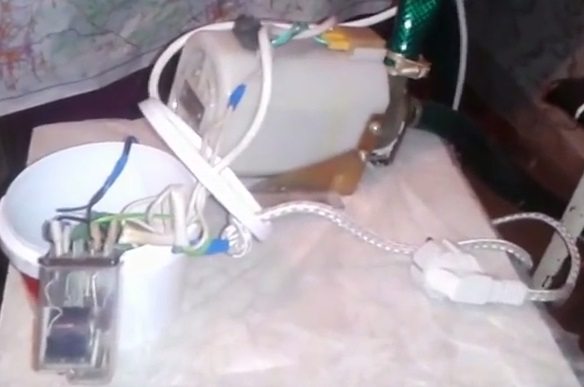
You can start testing. We immerse the short hose into any above-ground tank, for example, into an iron barrel, and insert the long hose into the same barrel. Next, we connect the pump and watch how it pumps water. If everything is fine, you can begin “field testing”, and specifically in your wonderful garden.
In conclusion, we note that using a pump from a washing machine to water plants in the garden is a good option for using a long-forgotten spare part that is lying around in your garage. You shouldn’t expect a miracle from such a device, but such a pump is quite capable of pumping water from the tank to the beds. Good luck with your DIY projects and remember the safety rules when working with electricity!
Interesting:
1 reader comment
Add a comment Cancel reply
Categories
Washing machine repair


For buyers

For users

Dishwasher

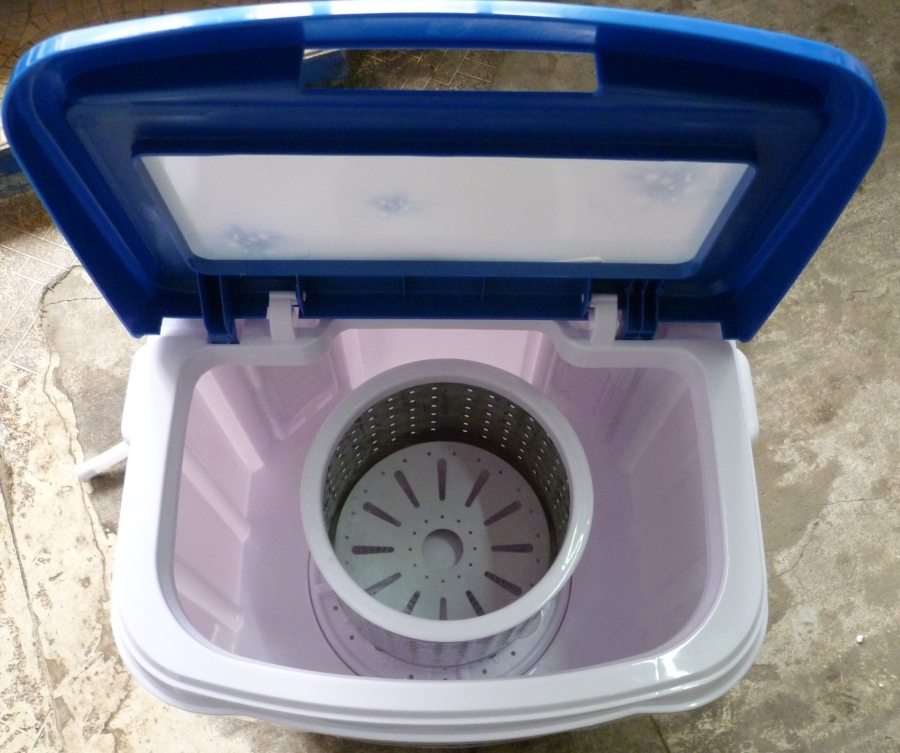
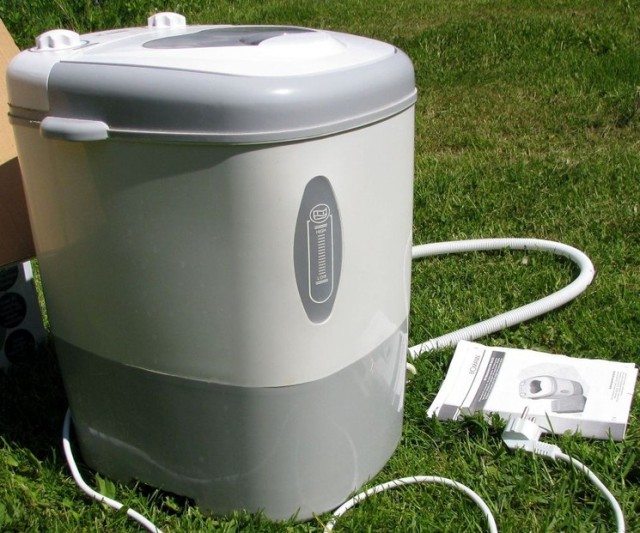
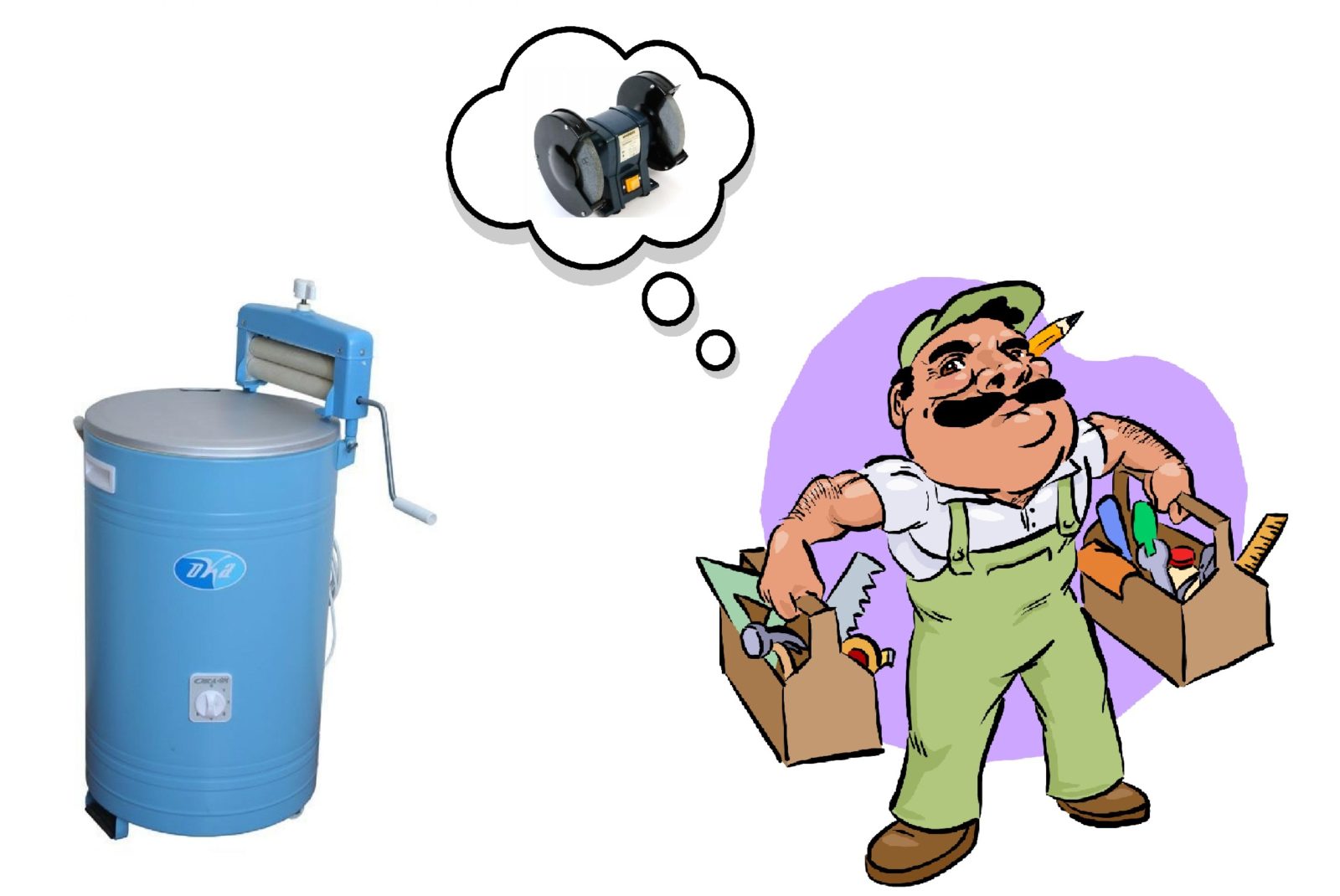

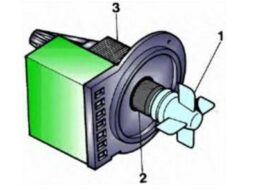











120 W is not bad power for watering.
Today I used the drain pump from the ALTAI AUTOMAT machine for watering. The power of the pump of the same brand is only 16 watts. The number of revolutions and displacement are not indicated on the nameplate. The design of the pump is also somewhat different, which made it possible to connect the pump directly to a tank of water, thereby obtaining a forced supply of water to the pump and plug the plug into a socket.
Watering took place through a makeshift sprinkler through a 20-meter hose. On a stand made from an ordinary bucket, the spray diameter turned out to be about 3 meters.
I liked this watering more than, at least, the same Kama. It’s a pity that such a cool gadget has lain idle for almost 30 years!
By the way, 16 watts is more power than the average person, whose power is only 10 watts.